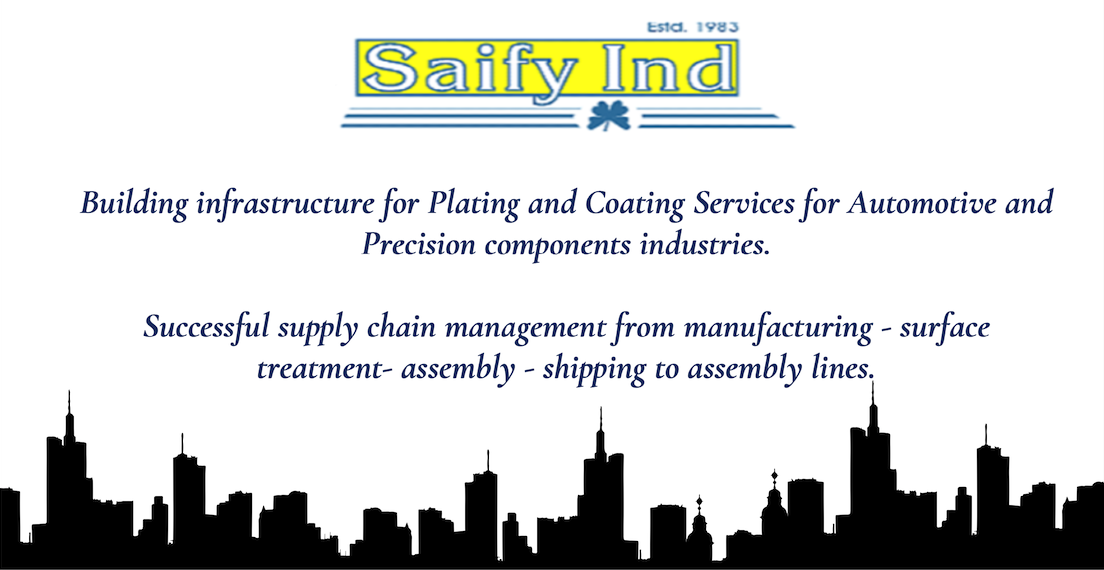
-----
Difference between Electrostatic coating and E coating
Q. I work for a coatings manufacturer and am trying to determine the difference between Electrostatic coating and E coating. Is it that one application is a spray and the other is a dip?
Dom HilgerAccount Manager for a coatings manufacturer - Wausau, Wisconsin, USA
May 16, 2008
A. Hi, Dom. Although the two processes are different in the way that you mention, that is not the heart of the difference between the two.
"Electrostatic" means that the work and the paint are charged so that static electricity draws the paint to the part. The function of this is to minimize overspray, hoping that more paint will go onto the part, and less into the air and on the walls & floor. But the static electricity plays no actual role in the chemistry of the process. Turn it off, and everything proceeds the same way chemically, it's just messier and more wasteful.
Powder Coating can also be applied electrostatically, and here the static electricity is more important because the powder is dry and, unlike paint, won't stick very well without static attraction; the component with the powder on it is then put into an oven to melt or 'cure' the powder into a coating without the need for any solvents like are used in wet paint. Again the electricity plays no chemical role though.
"E-coating" (also called electrocoating, e-painting, electrophoretic lacquering, CED [cathodic electrodeposition]) is more akin to electroplating. The electrical current through the part actually causes the polymers in the 'paint' in the tank to electrochemically react and deposit onto the part. Without the electricity, the solution would just wash off the part. Some advantages include no need for solvents, very thin coatings, and very even coverage because as the paint deposits on the metal it forms an insulating barrier which diverts the current to uncoated areas and causes them to coat.
Regards,

Ted Mooney, P.E.
Striving to live Aloha
finishing.com - Pine Beach, New Jersey
Ted is available for instant help
or longer-term assistance.
May 16, 2008
![]() Thank you Mr. Ted Mooney.
Thank you Mr. Ted Mooney.
eCommerce manager - Hilversum, North Holland, Netherlands
August 11, 2023
adv.
Need a metal finishing line staffed & operated just for you with worldclass supply chain management? Saify Ind [Bangalore]

Q, A, or Comment on THIS thread -or- Start a NEW Thread